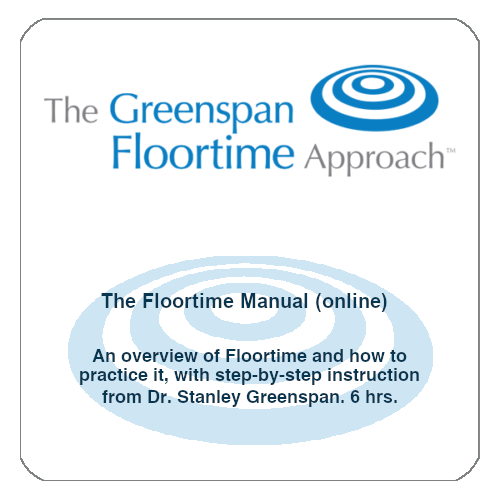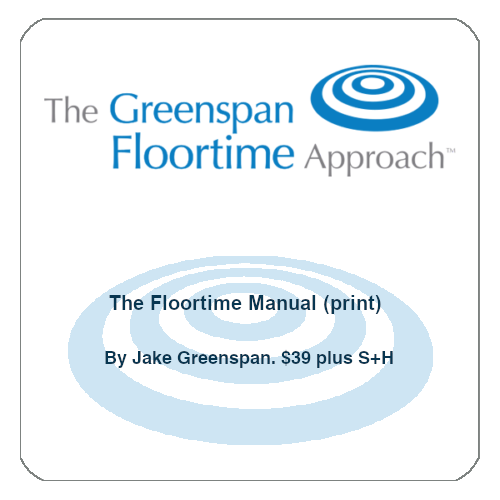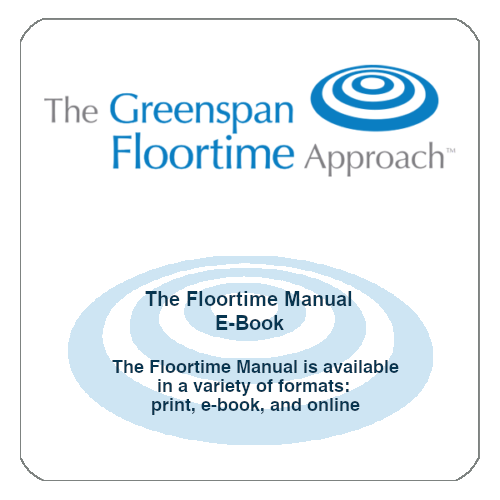The Manual includes:
– short video segments of Dr. Greenspan practicing Floortime
– practice evaluations to assess your understanding of Floortime
– bonus audio clips of Dr. Greenspan exploring Floortime techniques and insights
– guidance on how to organize Floortime sessions for children and encourage collaboration in peer play
– direction on how to handle difficult behaviors
– in-depth overview on three different types of play
For evidence based research that supports The Greenspan Floortime Approach, click here.
The Manual is available to stream 24/7, and you can watch and re-watch the videos at your own pace. You will have 90 days from the date you register to complete the material.
Questions/feedback? Check our FAQ page or submit a request by clicking here. A member of our team will respond within 24 hours.




